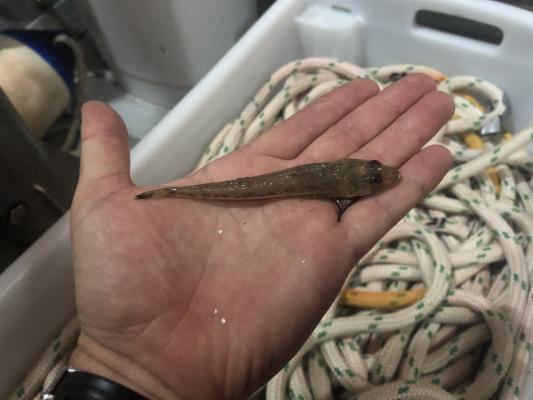Sand flathead spawning has hit a 24-year high in Port Phillip Bay, according to recent scientific surveys.
Spawning for the “easy-to-catch” and “delicious” fish has returned to the same high level seen in the late-1990s, according to Victorian Fisheries Authority (VFA) chief executive Travis Dowling.
“For many Victorians, sand flathead were the first fish they ever caught,” Mr Dowling said.
“So this big spawning event in the bay is wonderful news that will resonate with lots of people, young and old.
“Sand flathead spawning success was high in Port Phillip during the 1990s resulting in a booming fishery up until the mid-2000s.
“However, low spawning success from 1997/98 onwards saw a decrease in sand flathead abundance.
“On the back of a moderately-successful spawning event in 2013, sand flathead stocks have begun to rebuild, and this should continue for the foreseeable future thanks to the strong 2021.”
Several flathead species inhabit Victorian waters, but sand flathead make up most of the recreational catch, particularly in Port Phillip Bay, according to VFA.
This year’s snapper spawn was weaker, which, according to Mr Dowling, was no cause for concern.
“Snapper spawning is naturally variable – some years are good, some years are great and other years not so good,” he said.
“The news does not concern fisheries managers because the western snapper stock, which includes Port Phillip snapper, had a record spawning event in 2018
“This cohort is just beginning to reach the legal minimum length of 28 centimetres, which will bolster the fishery for years to come.”
VFA surveys of the bay predominantly target snapper and King George whiting, but also provide an indicator for other varieties.
“The VFA monitors annual spawning success for several fish species because it has a major influence on the performance of our marine fisheries,” Mr Dowling said.
State government has removed 90 per cent of commercial netting in Port Phillip Bay, with the entire bay to become completely net-free by April 2022, according to VFA.
“That means more fish than ever for recreational fishers to enjoy in Victoria’s biggest fishery,” Mr Dowling said.







